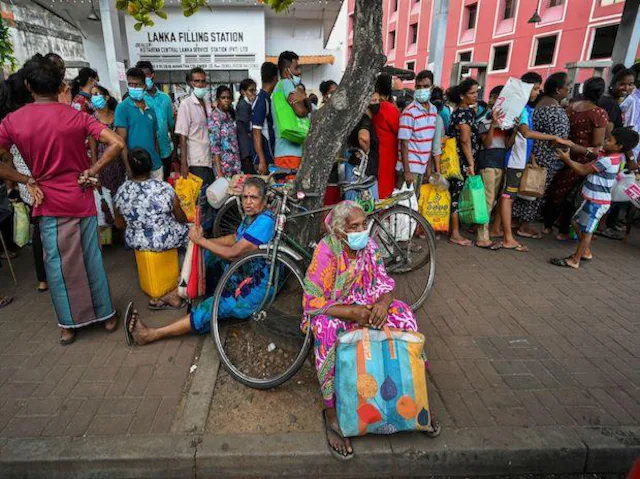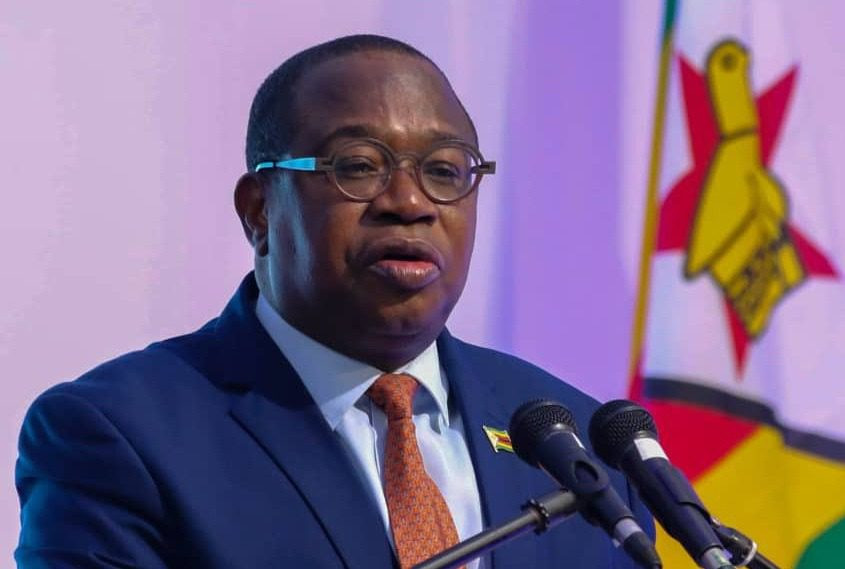
China’s debt trap diplomacy has become a major cause of Sri Lanka’s unprecedented economic crisis due to the failure of the island nation to take better steps to restructure its debts in dialogue with the IMF.
Sri Lanka has become a cautionary tale of misgovernment and misfortune as the sweeping impact of the pandemic crashed the vital tourism sector, and then came the Russian invasion of Ukraine, which disrupted global supply chains and accelerated the inflationary spiral that dragged Sri Lanka’s economy into an abyss.
Moreover, the island nation entered a new phase Wednesday as the country’s Parliament elected its next president. The panicked departures and resignations of President Gotabaya Rajapaksa and Prime Minister Mahinda Rajapaksa, two brothers who loomed large over the country’s politics for more than a decade, came amid an astonishing economic collapse that precipitated mass protests, The Washington Report stated.
Spiking inflation has a vast swath of the country’s
22 million people in need of food assistance. Schools and many businesses remain shut, while ordinary citizens wait days in mile-long lines for gas.
International experts warn that other debt-ridden countries — from Laos in Southeast Asia to Kenya in East Africa — are teetering toward a similar fate.
“Countries with high debt levels and limited policy space will face additional strains. Look no further than Sri Lanka as a warning sign,” International Monetary Fund (IMF) Managing Director Kristalina Georgieva said during meetings of the Group of 20 finance ministers this weekend, highlighting Sri Lanka’s looming crisis.
Beijing has been Sri Lanka’s biggest creditor, accounting for some 10 per cent of the country’s foreign debt. The communist nation between 2000 and 2020, moreover extended it to close to USD 12 billion in loans to the Sri Lankan government, largely for a slate of major infrastructure projects that turned into white elephants — including a costly port facility in the Rajapaksas’ hometown of Hambantota, which was effectively ceded to Chinese control half a decade ago after Sri Lankan authorities recognized they could no longer pay off the loans, reported The Washington Post, adding that Sri Lanka opted for this path rather than taking the more painful steps of restructuring its debts in dialogue with the IMF and pushing through austerity measures to appease the Paris Club, the grouping of 22 rich nations that are the world’s major creditors. (China is not a member, a reflection of its own geopolitical ambitions and distaste for rules set by other powers.)
- Chamisa under fire over US$120K donation
- Mavhunga puts DeMbare into Chibuku quarterfinals
- Pension funds bet on Cabora Bassa oilfields
- Councils defy govt fire tender directive
Keep Reading
Notably, Sri Lanka walked into China’s “debt trap” diplomacy and has been facing its worst nightmare till now.
“Instead of making use of the limited reserves we had and restructuring the debt in advance, we continued to make debt payments until we ran out of all of our reserves,” said Ali Sabry, Sri Lanka’s caretaker finance minister from April to May, to the Wall Street Journal. “If you had been realistic, we should have gone [to the IMF] at least 12 months before we did.”
The legacy Beijing lays down in Colombo will be a marker for the years to come. “This is the first major, uncontrolled collapse where China is a dominant lender,” wrote Peter Hartcher of the Sydney Morning Herald. “This throws open big questions about how it handles its new power over the fates of nations when they’re at their most vulnerable.-business-standard






